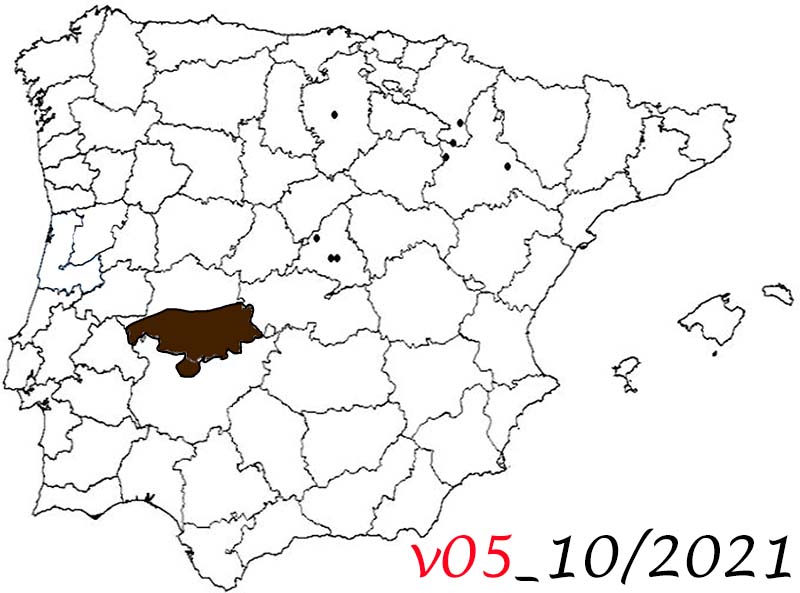


5. Trip through Extremadura
5. Trip through Extremadura
October 1 to 4, 2021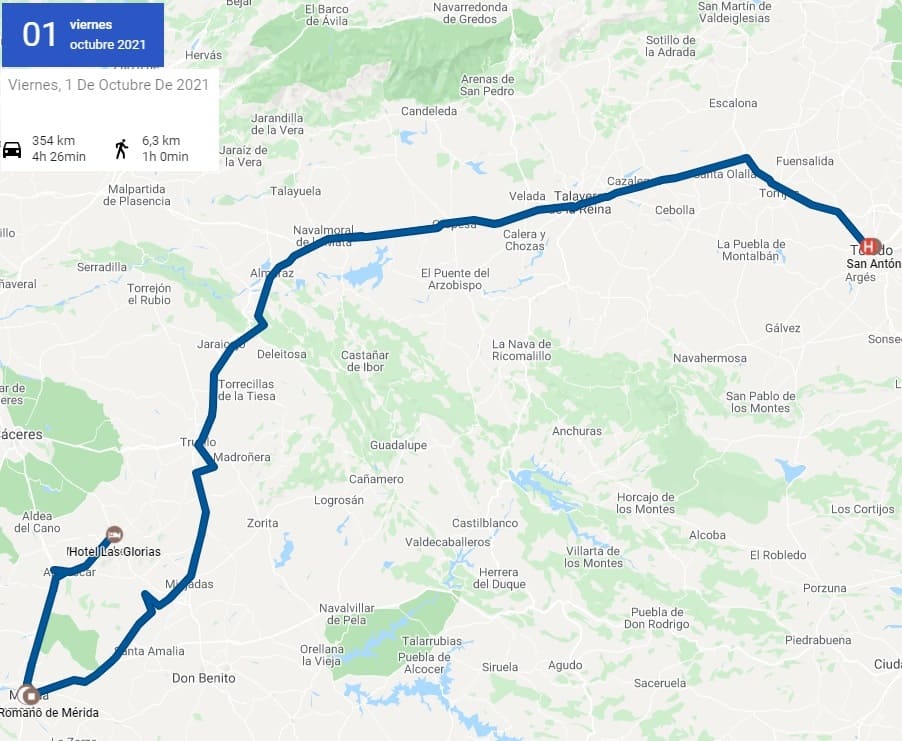


81. Mérida
81. Mérida
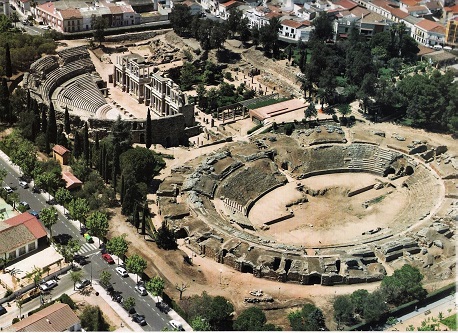
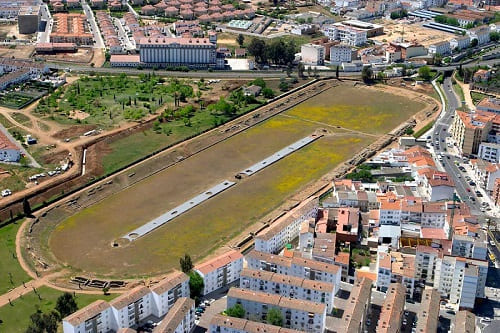
I left Toledo in the morning on my way to Mérida, the first large city and the most monumental of the trip along with Cáceres and perhaps one of the cities with the most history in Spain, whose streets hide great treasures from Roman times beneath their floors. or later. This city was chosen by the Roman elites to retire and spend their last years of life. Mérida comes from emerita and means retired.
Mérida is famous for its roman theater and amphitheatres as well as its circus, which are shown in the figure on the right, but there are many other attractions to this city. It was founded in the year 25 BC and was the most important Roman city outside of Italy. I visited it when I was little and I just remember these places. On this visit I did not spend a single euro on monuments and the whole day was very different from the visit as a child in which I would stop for no more than four hours and see four different places.
Park your car not far from the Roman theater and without paying even 1 euro since you leave it in a residential area very close to a supermarket. I would start with what is close to the theater, such as the Roman museum where the original figures of both the amphitheater and the theater are. It also keeps many objects found in excavations throughout the autonomous community of Extremadura. Many mosaics of Roman residences are exhibited on the walls of this museum that, in addition to being large, is quite tall, three floors and almost 20 meters high. In the following image I show what a Roman house of the time was like, from the archaeological museum. It is the Roman reference museum of the entire Iberian Peninsula, ahead of the Evora museum in Portugal.
It is also divided into Roman times and has a large collection of coins and vessels from the period.
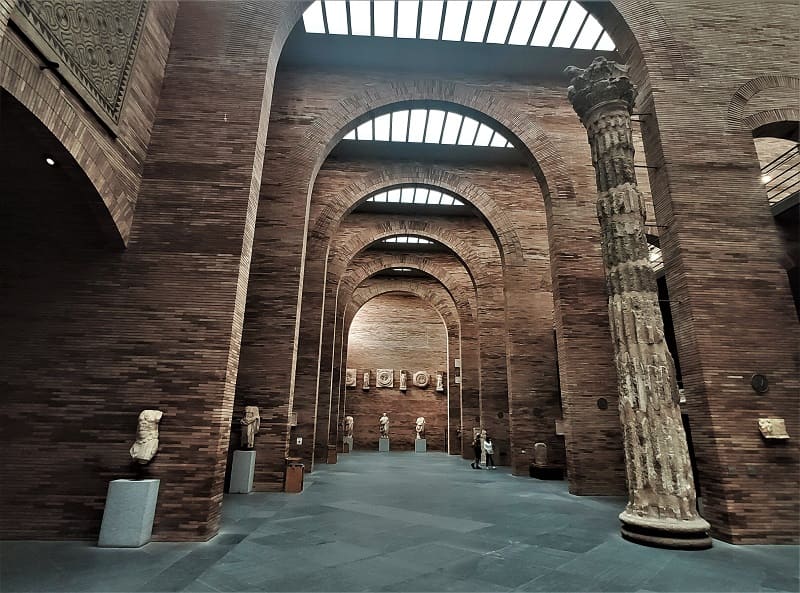
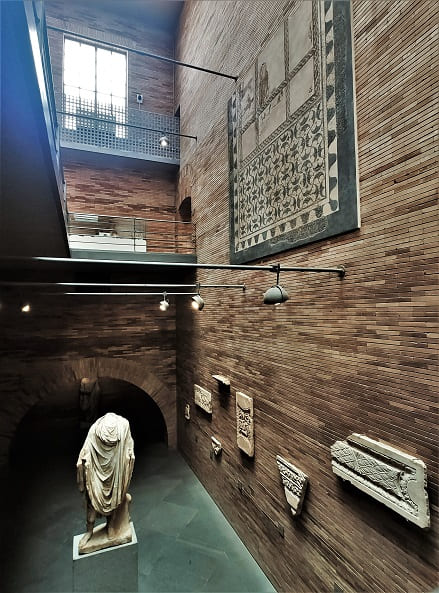
Below I show the recreation of a Roman house and one of the largest mosaics found in the Merida region.
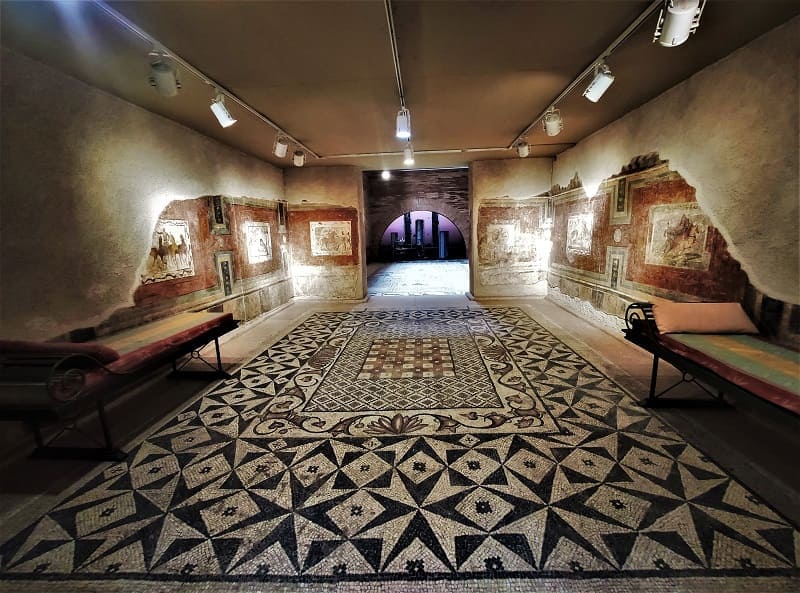
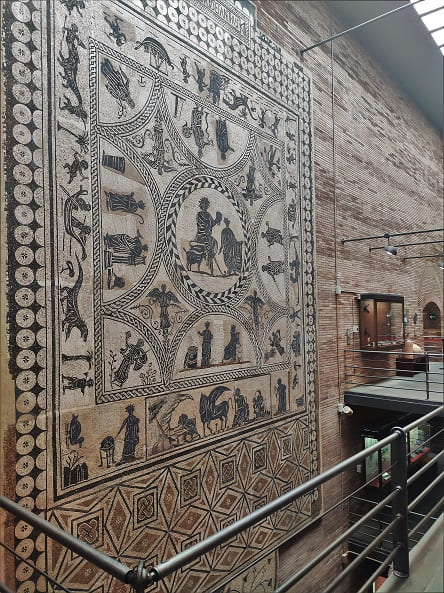
After concluding my visit to the museum, I would visit the Roman remains close to it, such as the Roman baths and the excavations of the Reyes Huertas archaeological complex, which is a large area in which construction was prohibited due to the large number of objects and remains of roman buildings.
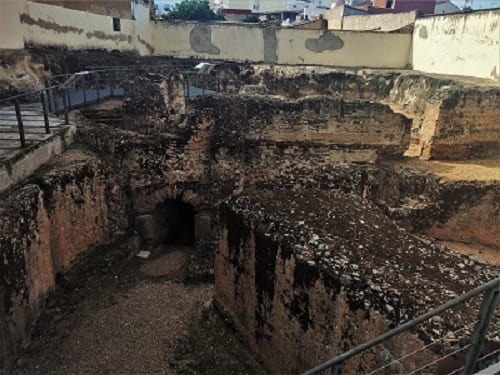
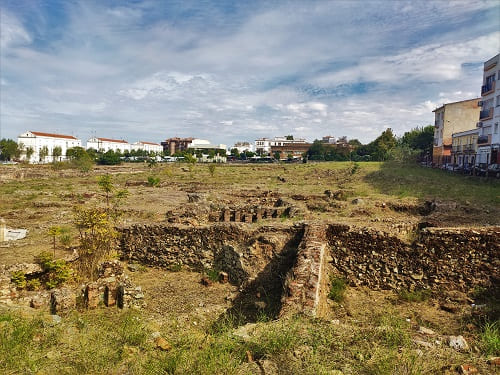
Then I would go to see the obelisk and the Basilica of Santa Eulalia, a basilica that is quite impressive inside but do not go into the crypt, which is paid for and houses one of the oldest images of this saint.
This basilica was the first Christian temple erected in Hispania after the Peace of the Emperor Constantine; this church was therefore built as a martyrdom basilica in memory of Eulalia de Mérida; For this reason, during the dawn of the Middle Ages, it became a place of pilgrimages that came from Western Europe and North Africa. It is a World Heritage Site largely due to the excavations that were carried out in its subsoil and brought to light the first burial mound of Santa Eulalia from the 4th century. The original paintings are in very good condition.
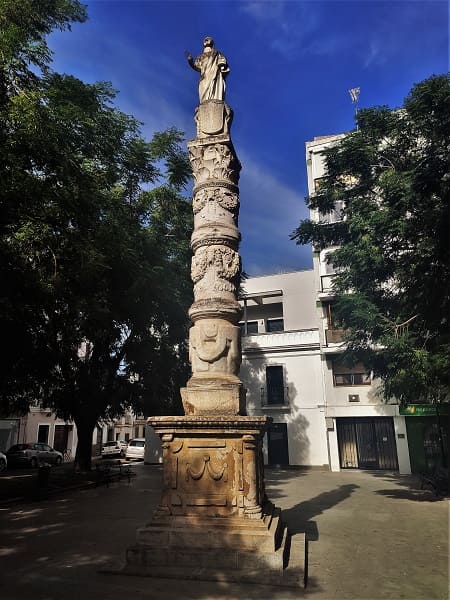
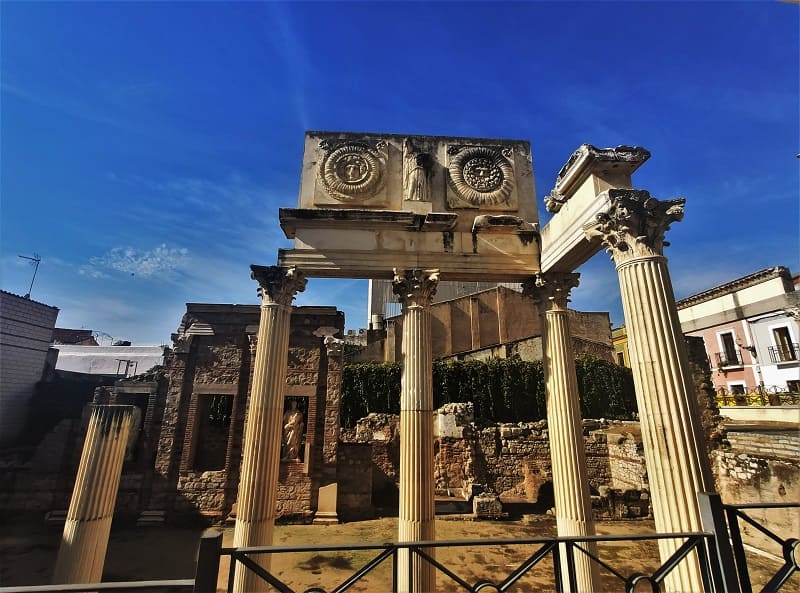
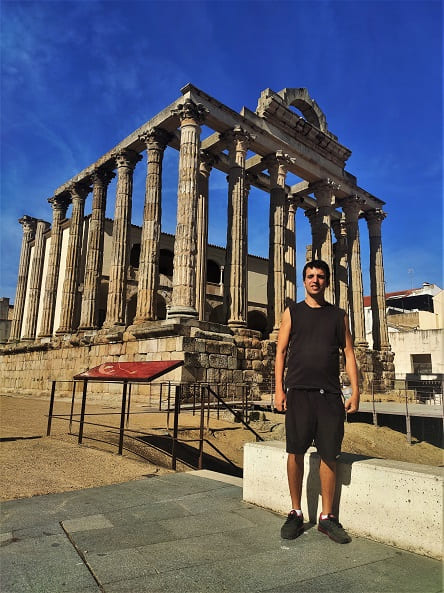
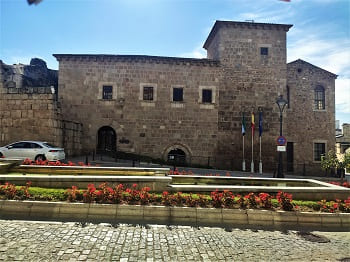
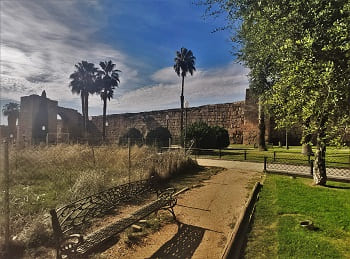
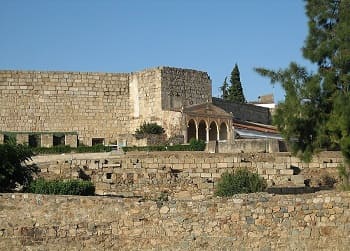
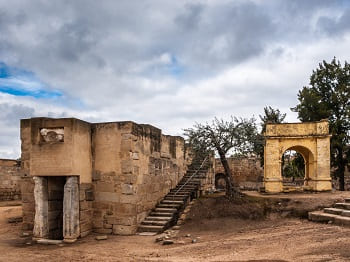
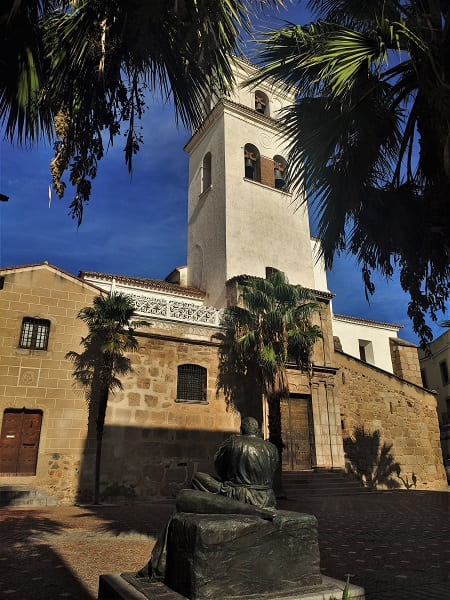
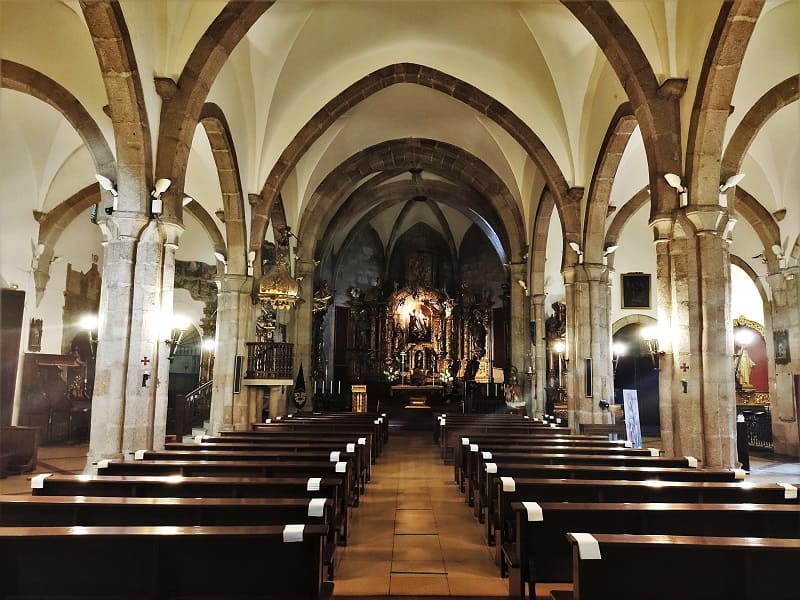
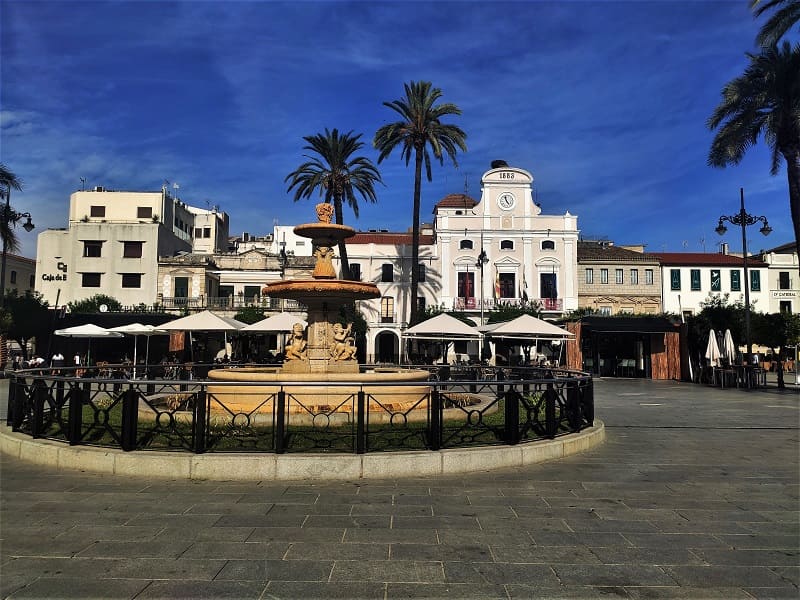
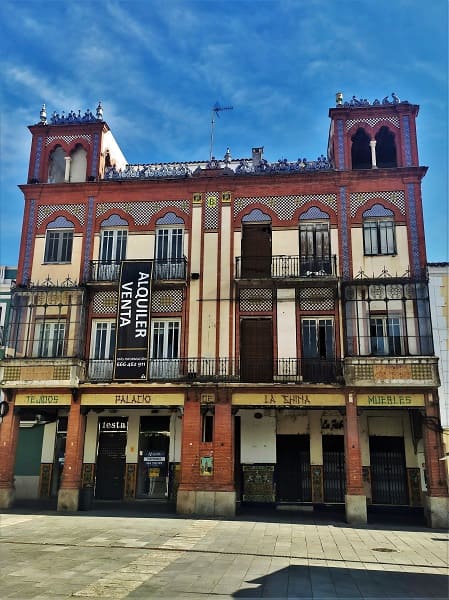


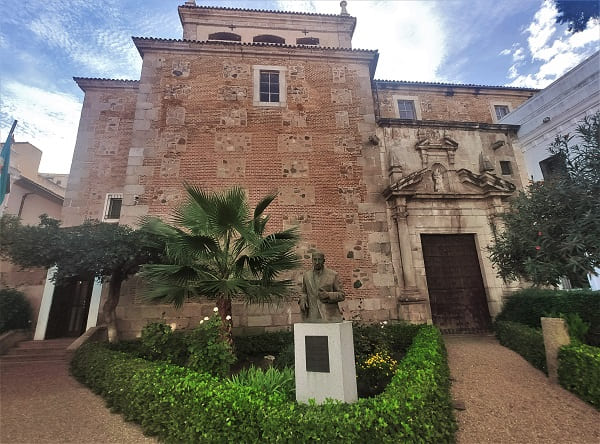
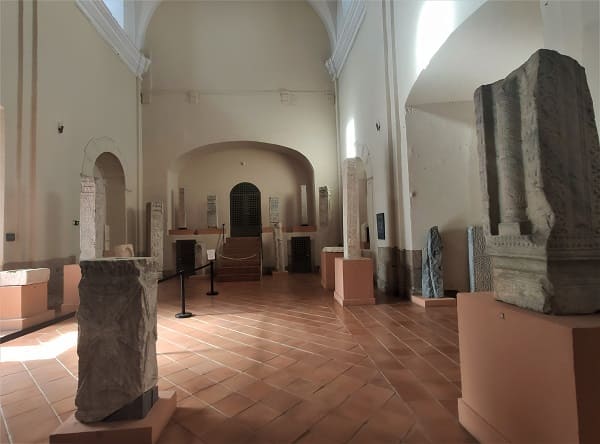
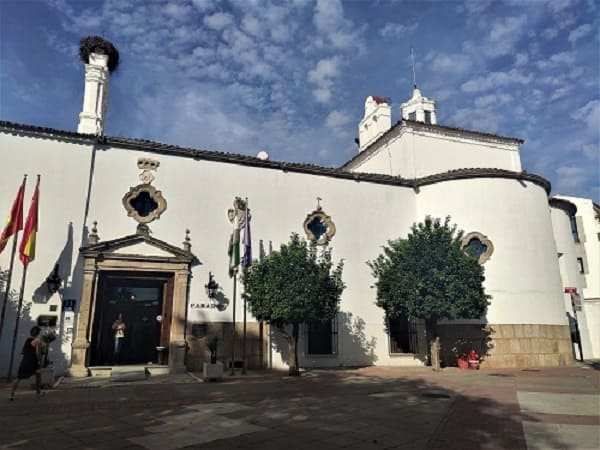
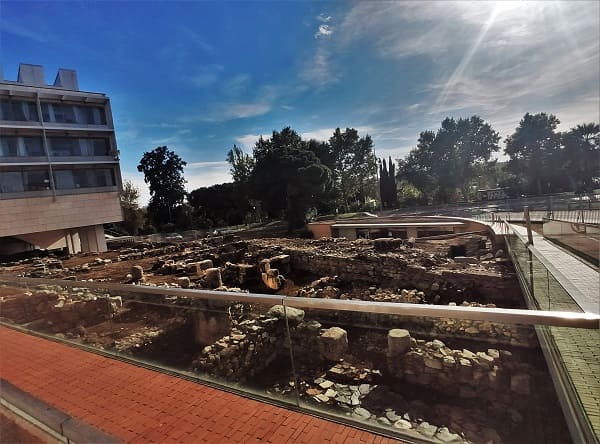
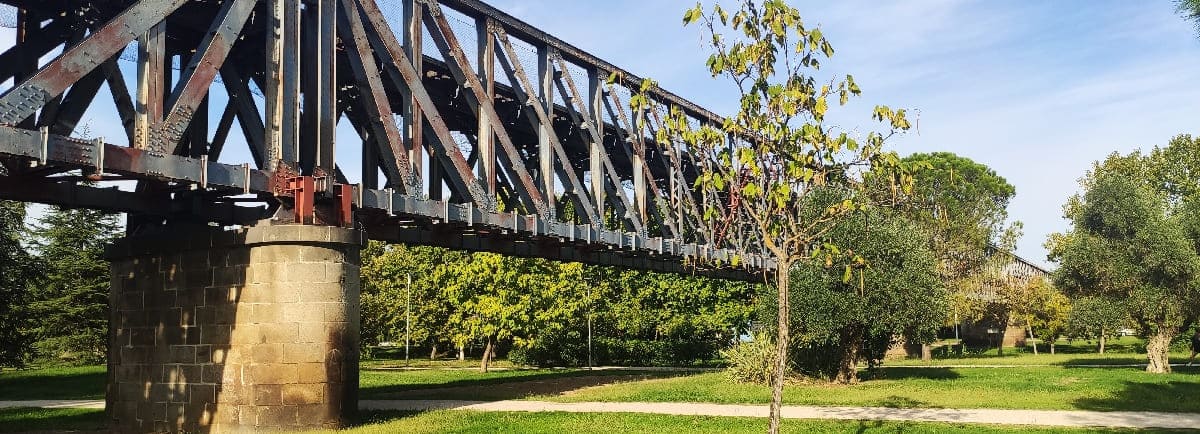

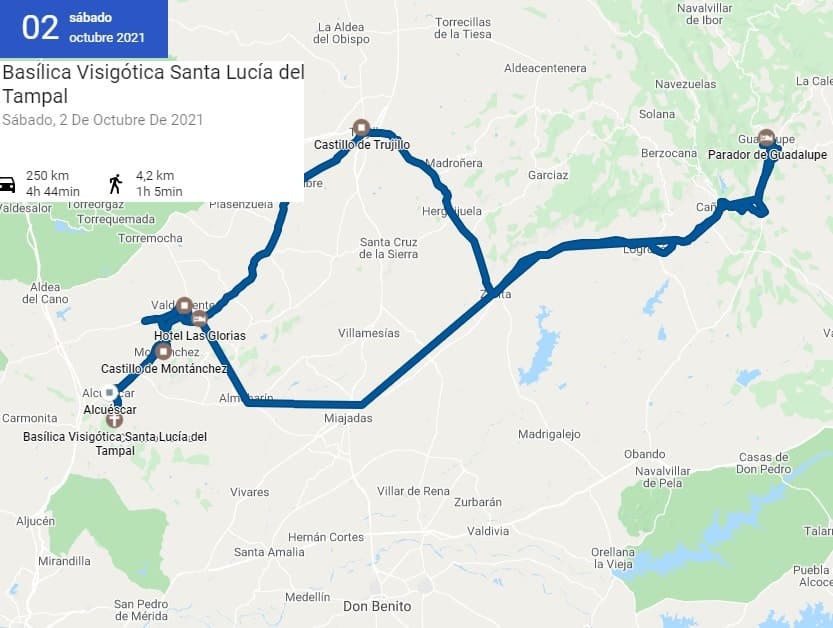
© 2016 - All Rights Reserved - Designed by Sergio López Martínez